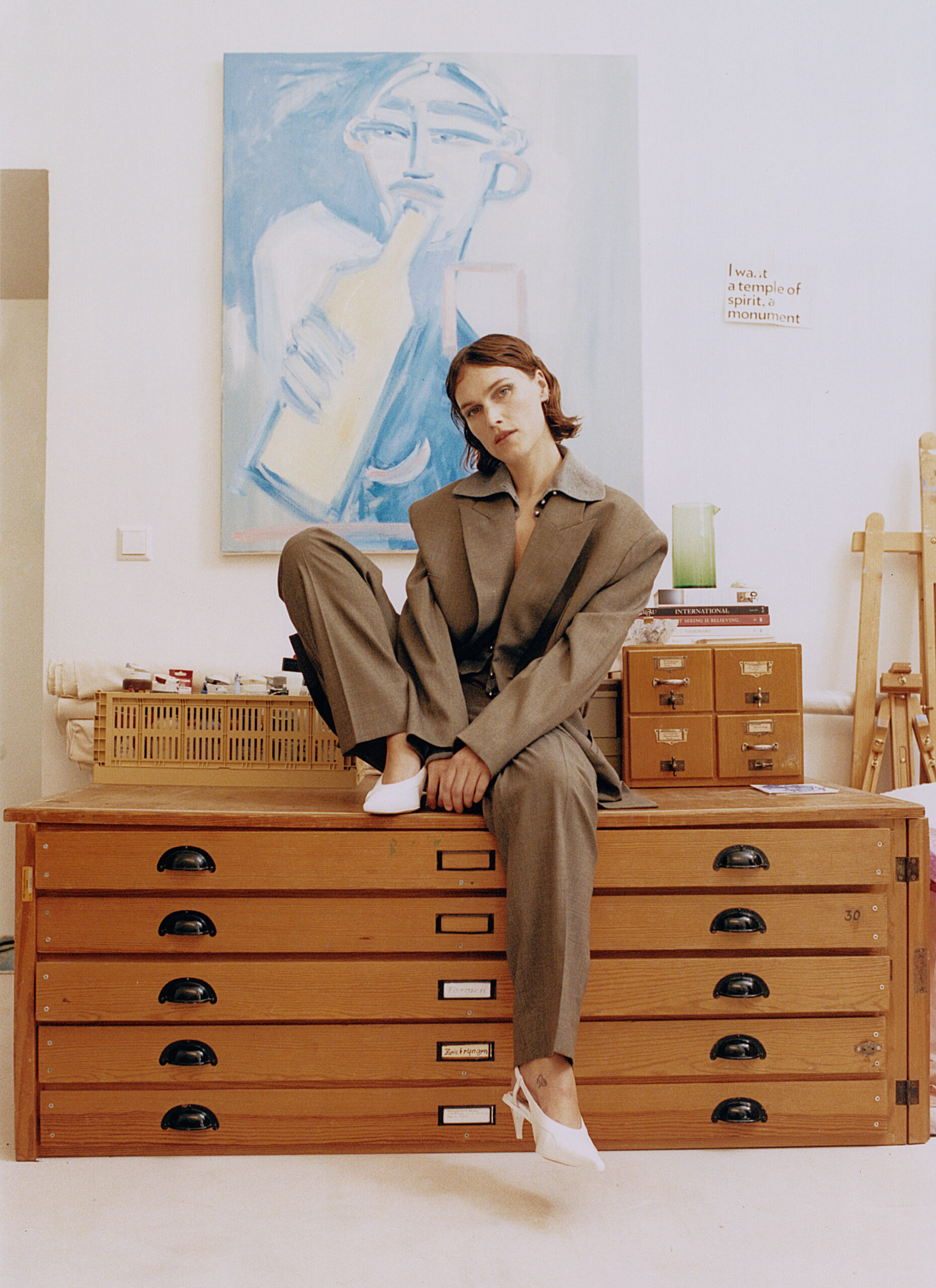Anna Zimmermann’s Berlin studio isn’t about grand statements or sweeping gestures. It’s a practical space—functional, filled with materials she’s working with, like a vintage chair reimagined in zebra print, or canvases in various stages of completion. Her approach to art is similarly grounded, rooted in process and exploration rather than polished perfection. Zimmermann moves between painting, sculpture, drawing, and design, but there’s a clear focus on what’s in front of her, rather than on making her work fit into any particular narrative.
In her oil portraits, Zimmermann blends figurative expressionism with a tactile engagement with her materials. The works don’t shy away from ambiguity or complexity, often capturing fleeting moments in body language and emotion. It’s an approach that aligns with her broader interest in the overlap between art and design, where the outcome is less about a singular vision and more about spontaneous experimentation. This pragmatic yet open-ended attitude is why INDIE finds itself in her studio, as part of a collaboration with H&M’s confident and versatile new Studio Collection, Zimmermann’s work offering a glimpse into the creative forces that inspire it.
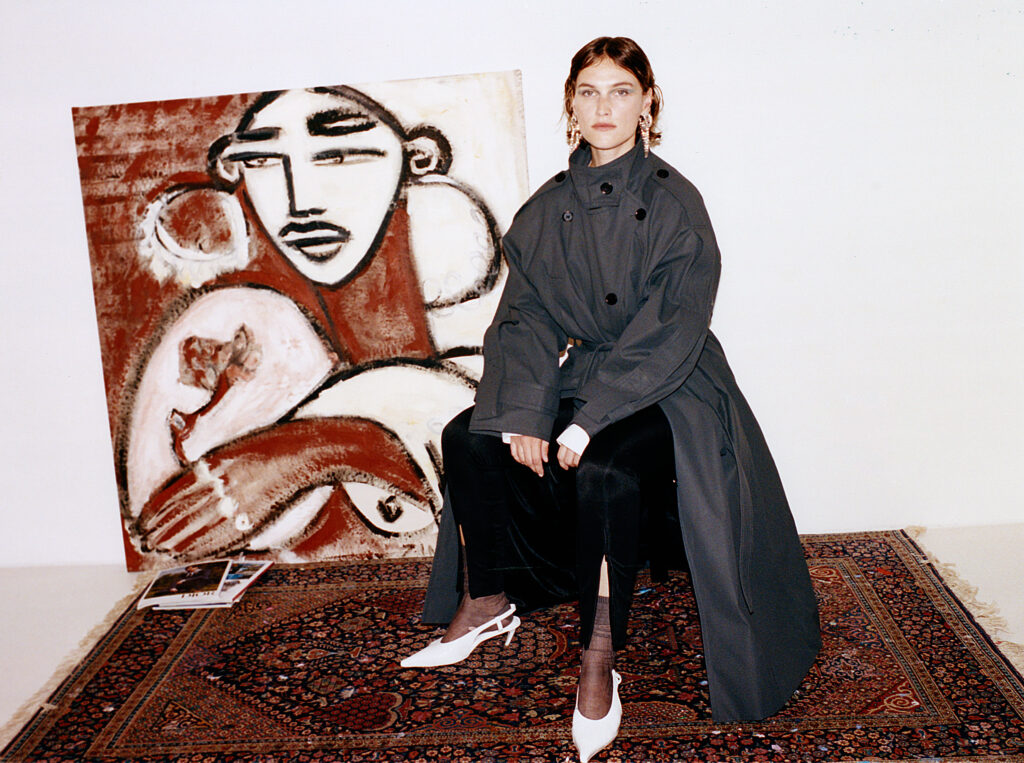
How important are your space and surroundings to you… what are the most important aspects in creating your creative space?
My creative space is essential to my process. It needs to feel like a sanctuary, a place where I can fully immerse myself in the work without distraction. While size and natural light aren’t the most important aspects for me, privacy and the materials around me are key. I surround myself with textures that inspire—fabric samples, found objects, and sketches. I also keep many books and magazines scattered around, where I can randomly dive in to spark new ideas and perspectives. The space must feel tactile and alive, sparking curiosity and inviting me to explore freely, allowing ideas to flow organically in a private, focused environment.
What are the first and last things you do when arriving and leaving your studio?
I like to reconnect with my space and work by looking at the pieces I left the day before. I might glance through the materials scattered around, flip through one of the many books for inspiration, or make myself a coffee to settle in. I often start a playlist or podcast to create the right atmosphere. It’s a small ritual that helps me decide what direction to take for the day. Before leaving, I tidy up a bit—it gives me a sense of closure and sets the stage for the next creative session.
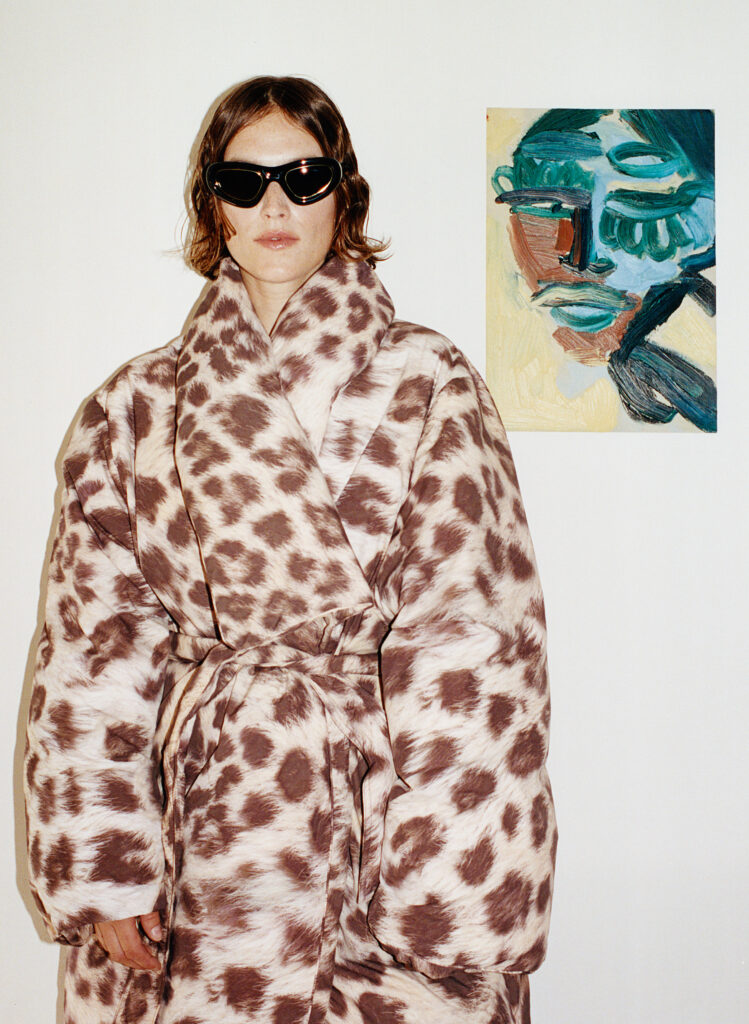
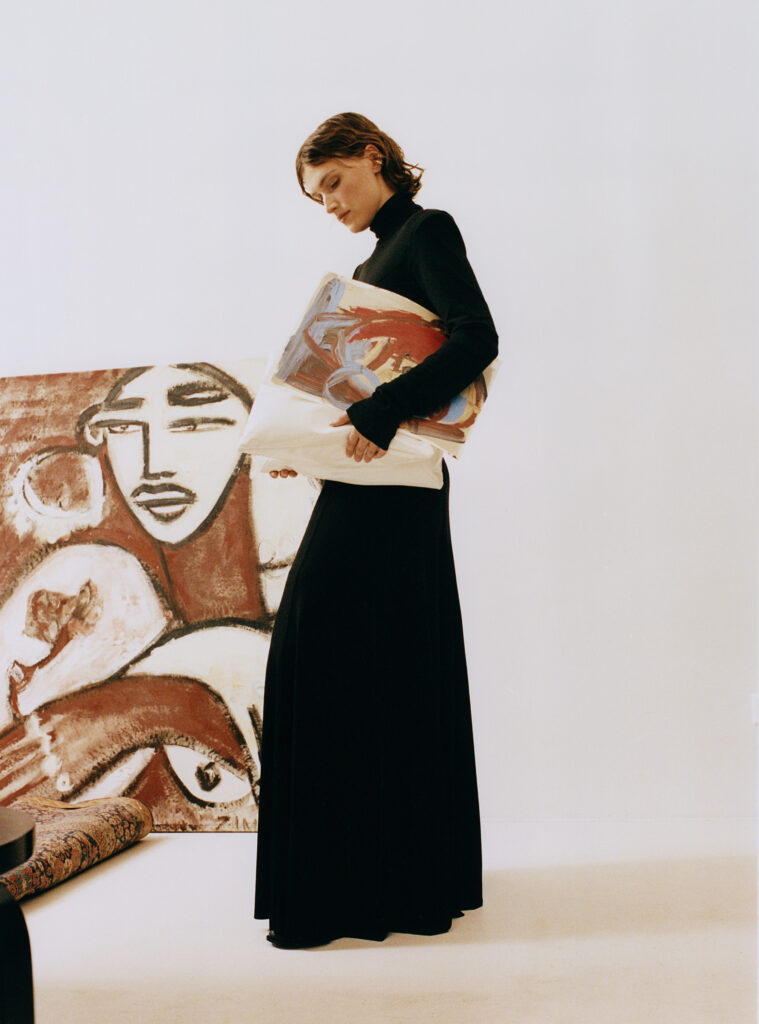
What books do you have on your desk/ in your workspace right now?
In my workspace, I have a lot of Bildbände—visual art books—that I often flip through for inspiration. Recently, I picked up Four Books by Wolfgang Tillmans and the catalog for the Andy Warhol exhibition Velvet Rage and Beauty at the Neue National Galerie. I adore both of them. While I’m usually more inspired by the work of other women artists, these two male artists, in particular, have bodies of work and biographies that resonate deeply with me. Their ability to challenge norms and explore identity is something I find incredibly moving and thought-provoking.
And what about on your nightstand?
On my nightstand, I recently finished Warhol by Blake Gopnik, which took me a while to complete, and I still miss the world it transported me into. I finished it during my travels in Thailand, and it left a lasting impression on me. I also have Paula Modersohn-Becker – Eine Biografie in Briefen, a book I first read in my teens and plan to revisit soon. Alongside those, I’ve got the latest novel by Sally Rooney, which I’m excited to dive into.
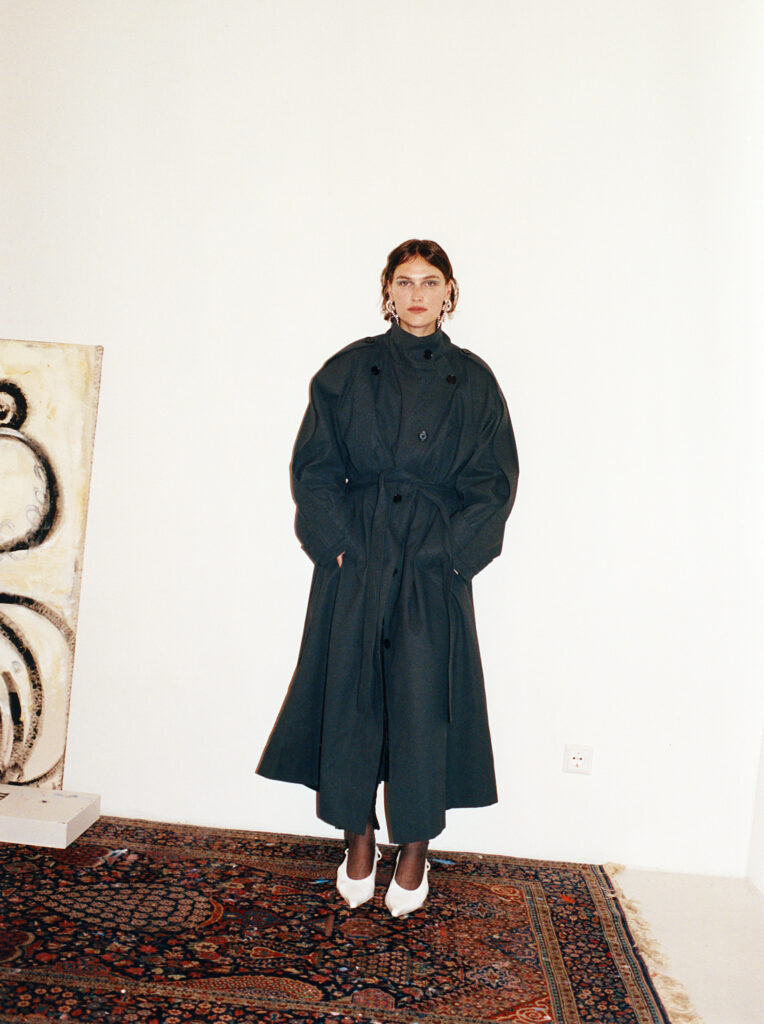
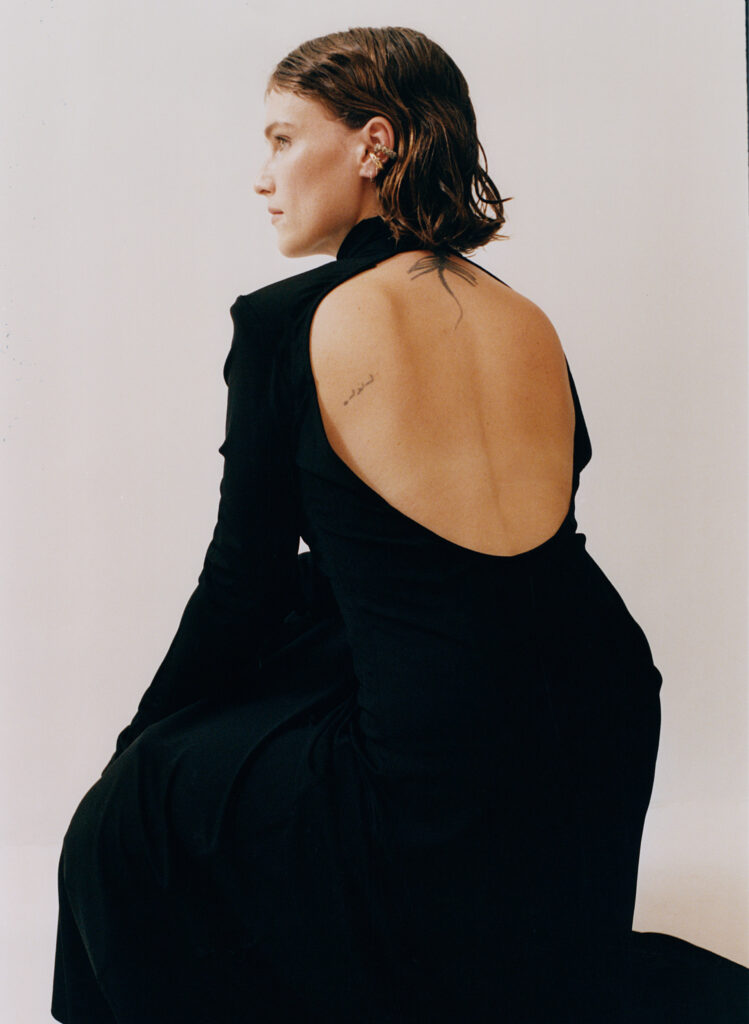
What do you listen to while you work?
I often range between David Bowie, Kate Bush, and ’90s and early 2000s hip-hop. Other all-time favorites for me are Solange, Blood Orange, and Frank Ocean. Music has a way of setting the tone for my creative process, and I lean into different genres depending on my mood. One particularly special song is Jimi Hendrix’s Hey Joe—it reminds me of my father, who passed almost 10 years ago. He gave me the most beautiful childhood and, I believe, my sense of creativity. Every weekend, we’d explore a new playground or visit cultural events, like Jean-Claude and Christo’s Wrapped Reichstag in Berlin in the ’90s. Listening to Hey Joe brings me closer to him and keeps his spirit alive in my work.
What are your must-haves in the studio?
A good coffee is essential to getting me started. I also need quality paper, a particular brand of oil sticks I love (though I’m running low on a few colours, so I definitely need to stock up), and, of course, brushes and oils. Privacy and calm are crucial, allowing me to fully focus and immerse myself in the process. I always keep plenty of paper around for sketches and ideas. I also need space to move around freely, as physical movement is often tied to my creative flow. These little rituals and materials help set the tone for my workday.
What’s the last thing you saw that moved you?
The last thing that deeply moved me was Attune by Alexandra Pirici at Hamburger Bahnhof. The performance took place in the vast hall, where the performers’ voices and simple movements interacted beautifully with the space, creating a fluid relationship between them and the crowd, who either passed through or followed them. I had the chance to view the performance from the staircases, which gave me a bird’s-eye view of the entire piece. The combination of sound, movement, and the subtle choreography of people in the space was captivating and immersive, leaving a lasting impression on me.
Would you describe your process as impulsive and spontaneous or more considered?
My process is definitely more impulsive and spontaneous. I always start directly with paint, never pre-sketching. I begin with a loose gesture, allowing the movement to guide the piece, and I often focus on the face first—it needs to speak to me directly before I can move forward. From there, I build up layers, letting the work evolve organically. It’s a very instinctual flow, and while there’s some reflection along the way, the initial energy is raw and unplanned, which gives my work its emotional depth.
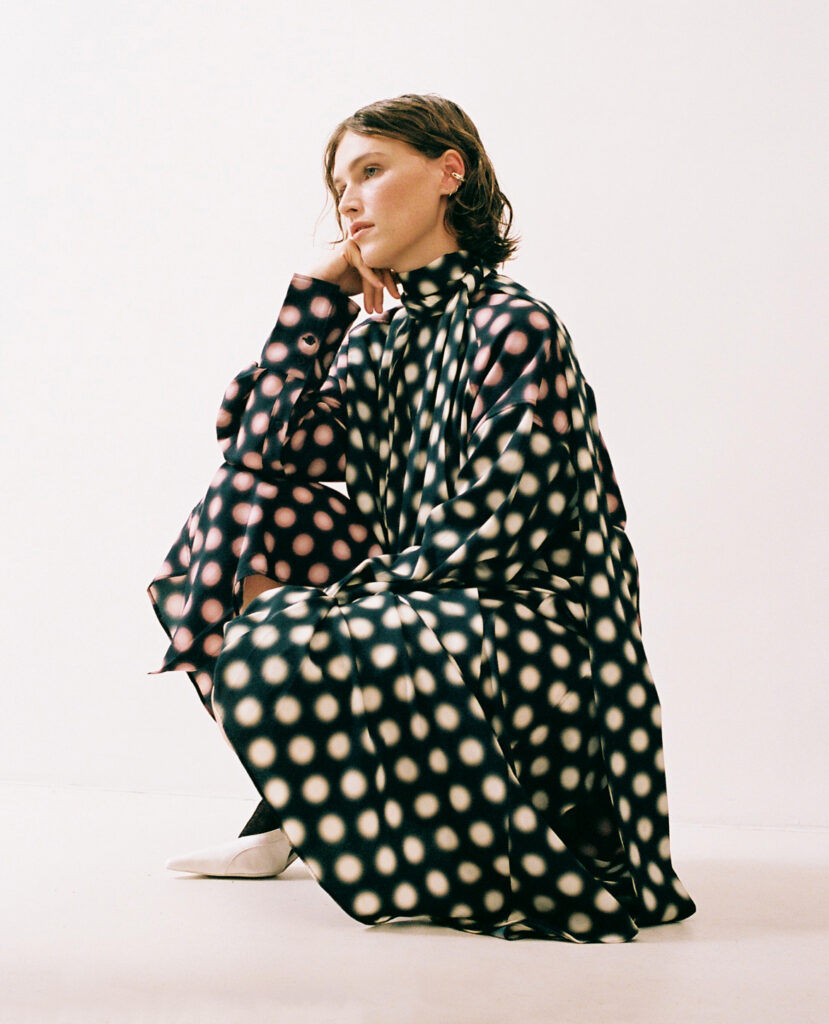
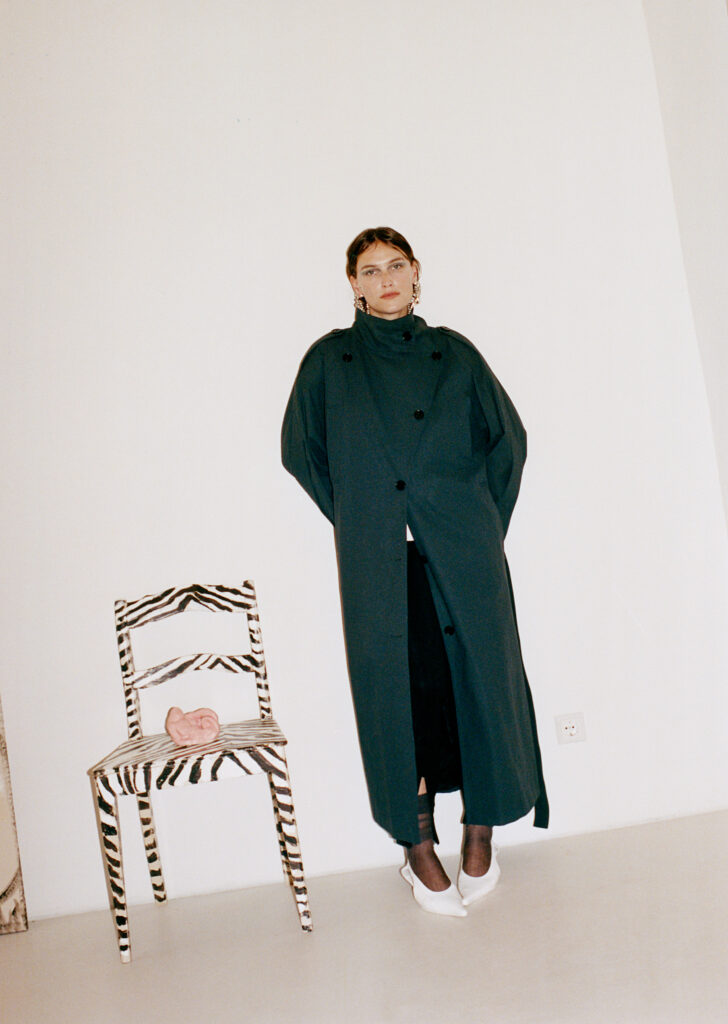
What, in your opinion, is the biggest threat to creativity?
I think the biggest threat to creativity is the continuous comparison we face, especially through social media. While I love being part of the artist community, I try not to look too much at other painters in my generation. It can easily lead to self-doubt or the pressure to conform. To keep a sense of freedom in my work, I prefer to stay focused on my own process and inspiration. Creativity thrives when it’s not weighed down by external expectations or comparisons, allowing space for genuine experimentation and growth.
Who’s the last person you Googled?
Brenda Hashtag and Ly.as. I often interview younger people around me to stay informed and connected with fresh perspectives. It’s important for me to understand new trends and ideas, especially in the digital space, to see how they intersect with my own work and to stay engaged with the evolving art scene. Learning from the younger generation helps me remain curious and open to new influences.
Does technology help or hinder your work?
I have a mixed relationship with technology. On one hand, it allows me to experiment in ways that wouldn’t be possible with traditional materials, especially when it comes to digital design. I’ve worked on digital installations and created artwork for fashion shows that integrate tech in fascinating ways. However, I also value the tactile nature of painting and sculpture, so I’m careful not to let technology overpower my practice. It’s a tool, not a substitute for the hands-on experience that defines my work.
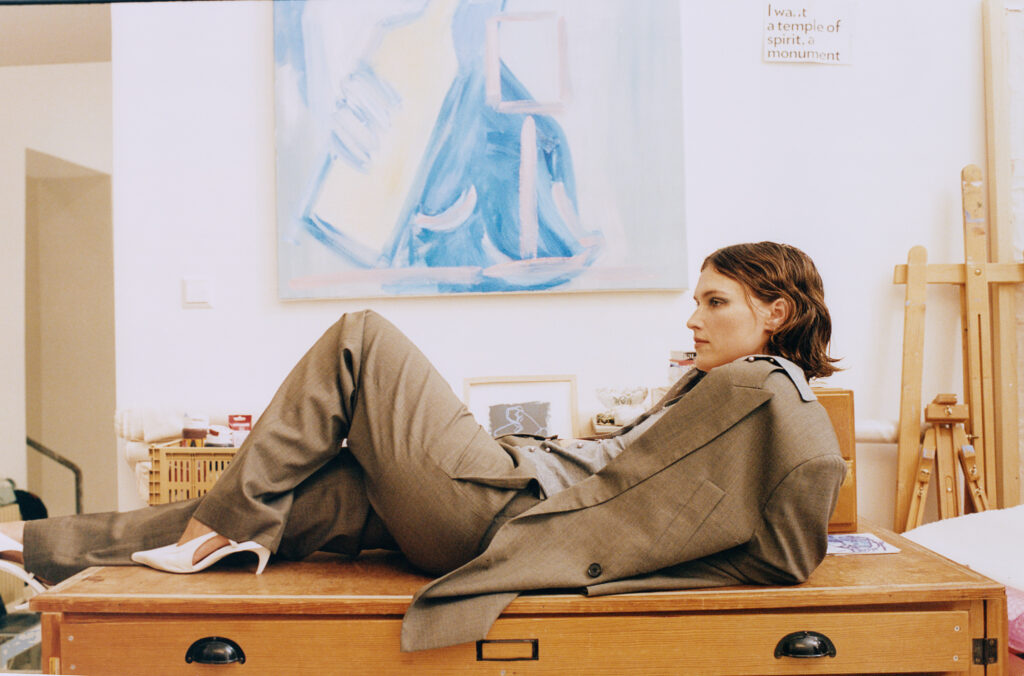
What’s your most toxic work habit?
I tend to be too much in my head, and I have a little companion I can’t quite get rid of—imposter syndrome. I studied fashion design, not fine arts, and sometimes that voice creeps in, asking, “Do you really belong here? Are you allowed to be an artist?” It’s something I wrestle with, even though I know that creativity doesn’t have strict boundaries. While I feel a deep obligation to be an artist, that doubt still surfaces from time to time. I try to push through it by focusing on the work itself, trusting that my path is valid.
Would you describe yourself as an introvert or an extrovert?
I would describe myself as an introvert who can navigate extroverted spaces when necessary. I thrive in solitude, especially when I’m in the studio, but I also appreciate the energy of collaborative environments like exhibitions or creative projects. I need that alone time to recharge and reflect, but I also value the connections I make through my work.
Talent Anna Zimmerman
Photographer Thomas Valtin
First Lighting Assistant Leo Stoeckert
Videographer Miriam Woodburn
Stylist Rachael Rodgers
Styling Assistant Alena Wiegmann
Hair & Make Up Ischrak Nitschke
Editor in Chief Kira Stachowitsch
Producer Rachael Bigelow
All looks H&M Studio A/W 24
Paid partnership with H&M
